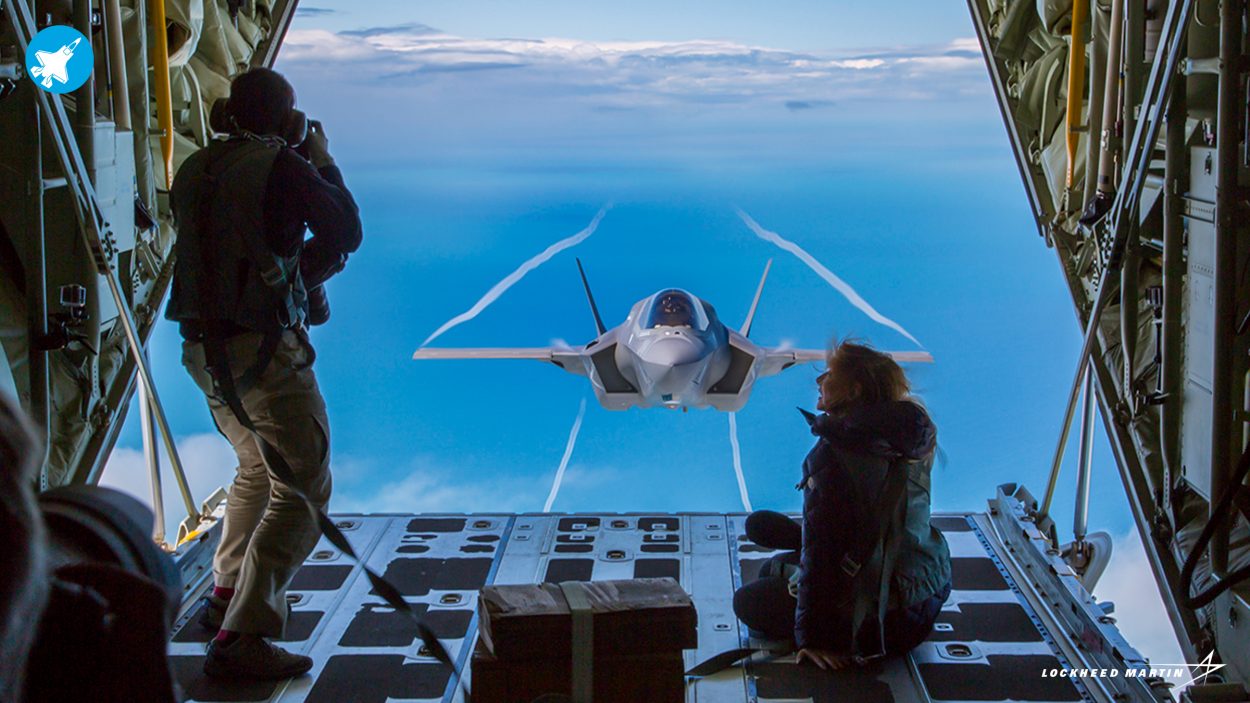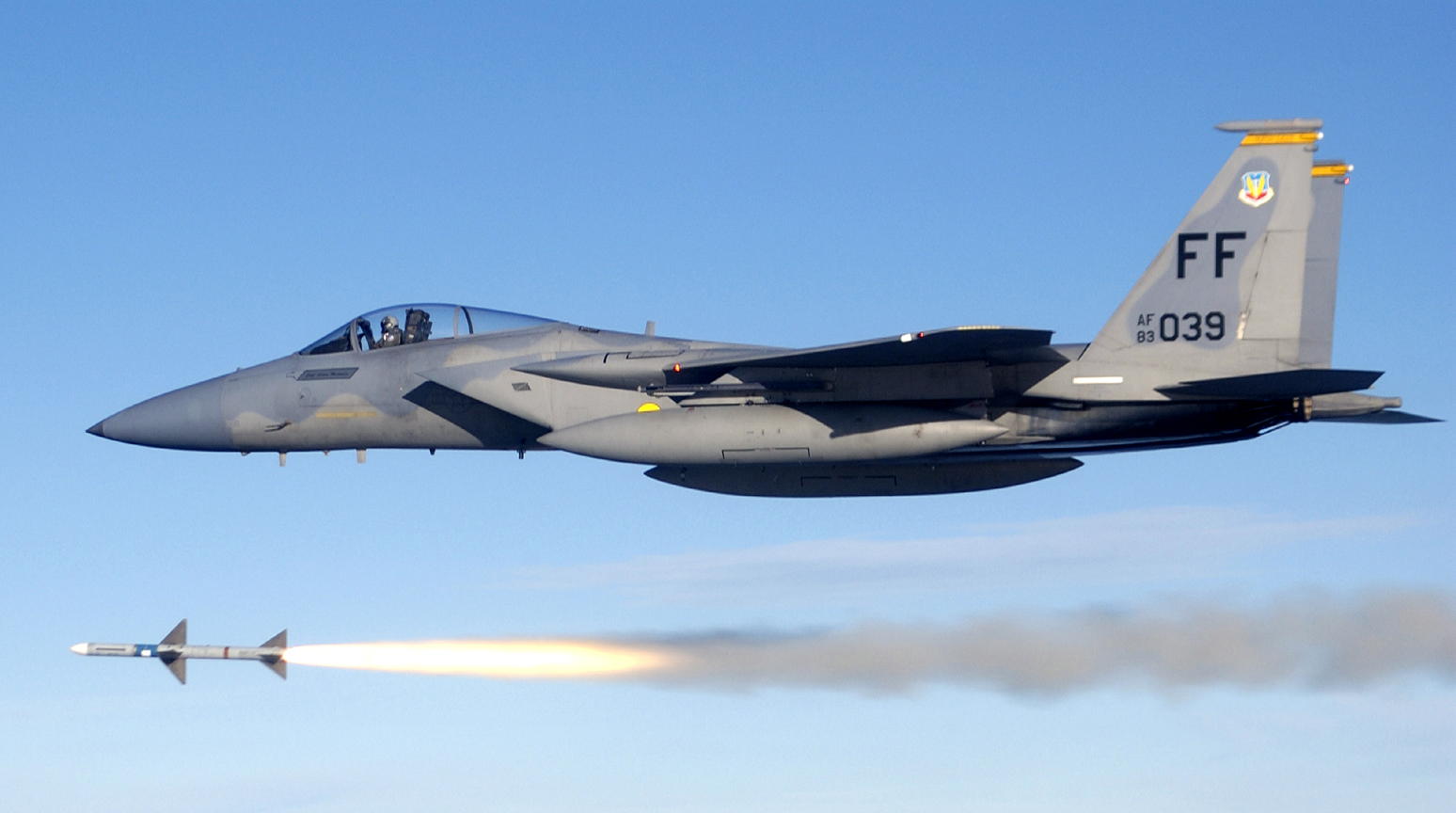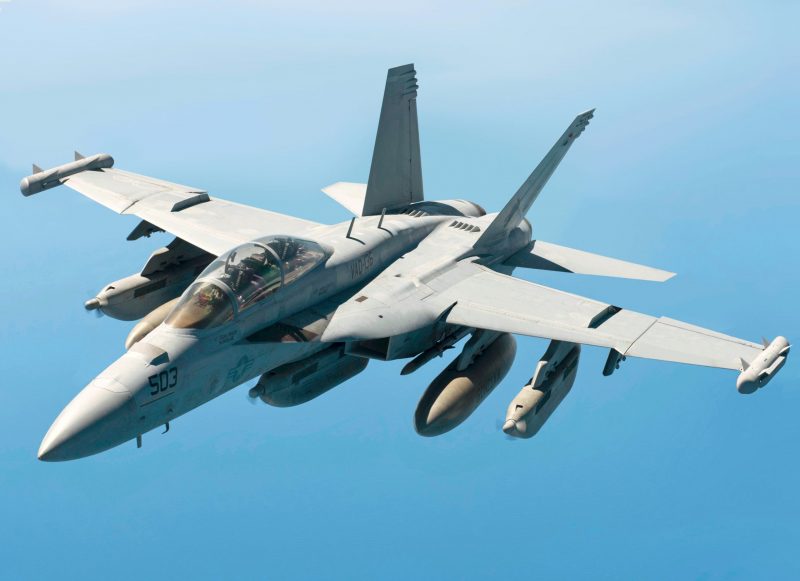The $1.7 trillion F-35 Joint Strike Fighter program remains mired in resolved problems with all US armed services many years behind schedule in deploying their planned operating capabilities and even testing and evaluation at least five years late, House Armed Services Committee (HASC) Chair Donald Norcross said.
“All services declared their original [F-35] initial operating capability status many years later than planned,” Norcross said on Wednesday. “System Design and Development was completed years later than planned and the program has yet to finish Initial Operational Test and Evaluation activities, which is now on track to be nearly 5 years late.”
Norcross said the F-35’s Tech Refresh 3 (TR-3) program is designed to provide a new core processor, radar upgrade and cockpit display to modernize the aircraft but TR-3 too now faces additional major delays and unresolved problems too.
TR-3 and Block 4 development and fielding has slipped later than planned, and TR-3, which was just re-baselined last summer, is not meeting its new schedule and has overrun its estimated cost by nearly $550 million, he said.

“We have an existing F-35 propulsion system that was not designed to meet the power and thermal management specifications required to adequately support Block 4 capabilities, nor is the engine currently meeting the mission capability, cost, and maintenance enterprise metrics the services can afford and need long-term,” Norcross said.
The full transition of the F-35 jet’s old and much troubled ALIS logistical support program to the new ODIN maintenance system was promised by the F-35 program leadership to be fully fielded in December 2022 but that is now not occurring either, Norcross added.
US Air Force plans to “retire” some 646 aircraft over the next five years and will leave its combat fleet 400 planes short in terms of capability, Norcross said in a written testimony.
“New to everyone this year is that the Air Force proposes over the next 5 years to retire 646 tactical fighter aircraft while only purchasing 246 new aircraft, leaving a significant capacity and capability gap of 400 aircraft.”
The A-10 Thunderbolt force that has provided tactical ground support for the US Army for decades will be completely removed from the active USAF inventory by 2028 and the new F-15EX buy has been cut nearly in half at only 80 aircraft, Norcross said.

“One-half of the F-15E fleet, about 105 aircraft, will be retired without a plan to replace a similar quantity of aircraft; new F-35 aircraft purchases have been reduced by 42 aircraft.”
Also, a capable portion of the F-22 fleet that the US Air Force has neglected over the years is being retired as the Next Generation Air Dominance program is delayed years beyond the original plans briefed to this committee, he added.
Meanwhile, the US Navy will have to operate with far fewer combat fighter aircraft than it needs for the next decade through to 2031 because far fewer F-35 jets than planned will be delivered and the F-18 upgrade program is also being cut back.
“The Navy now informs us their strike-fighter shortfall will not be resolved until 6 years later [than planned] in 2031 because of further unplanned reductions in F-35 purchases and reduced aircraft inductions into the F-18 modification program,” Norcross said.
Norcross was also critical of the Navy’s plan to scrap its entire land-based force of F-18G Growler aircraft currently deployed in Europe with NATO.
“The Navy is illogically proposing to divest its entire fleet of land-based EA-18G Growler electronic attack aircraft that are currently deployed in the European theater supporting NATO deterrence and force posture activities against Russian aggression,” he said.

For the Marine Corps, the Commandant’s Force Design 2030 plan issued two years ago significantly reduces the number of tactical fighter aircraft in their squadrons and brings into question the current program of record plans to purchase 420 F-35 aircraft, Norcross said.
The HASC has been waiting for over two years to officially see the analysis justifying this mandated reduction and the committee “remains frustrated” that the Marine Corps has been unable to communicate a final decision on this aspect of its 2030 Force Design plan, Norcross added.
- Via Sputnik News Agency
- Follow EurAsian Times on Google News




